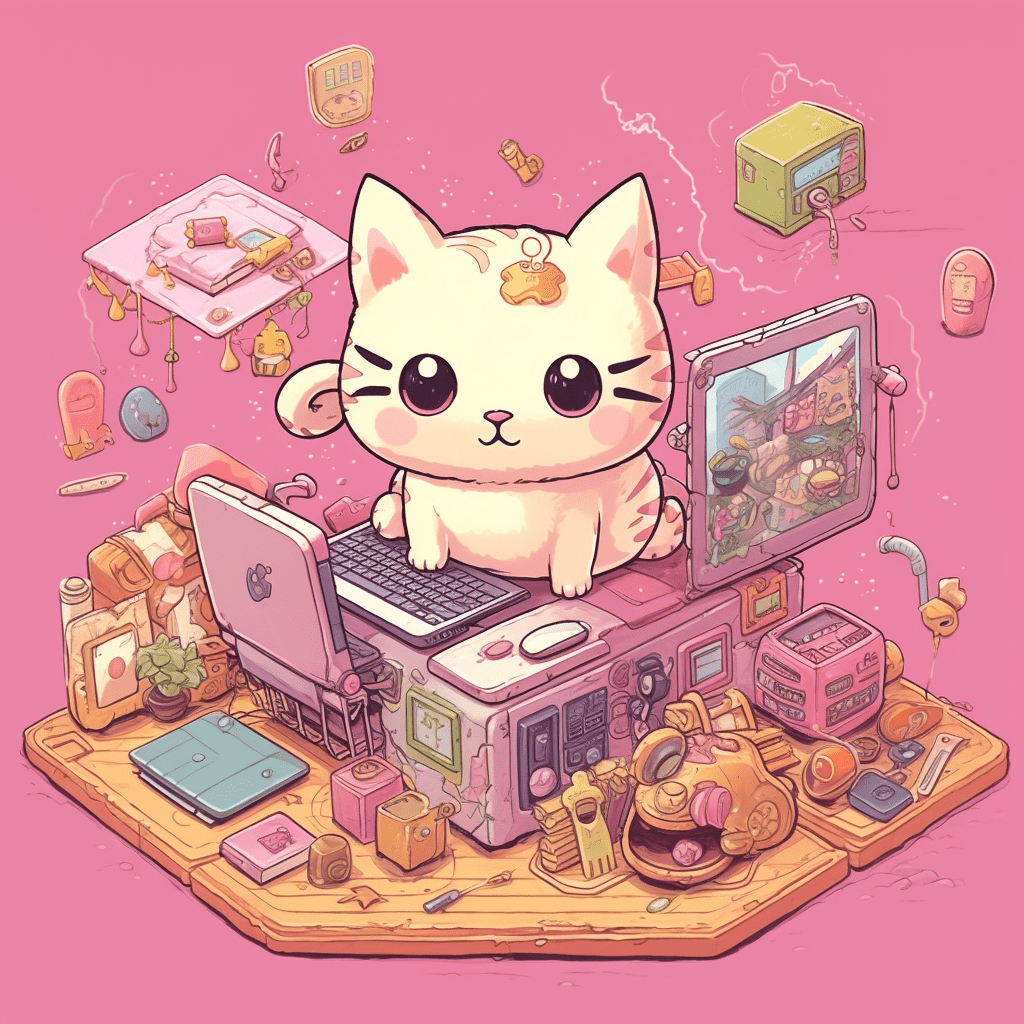
The ERC721A smart contract is an extension of the widely recognized ERC721 standard that governs NFTs (non-fungible tokens) within the Ethereum blockchain. Building on the fundamental capabilities of the original ERC721, this article will explore the features and benefits of the ERC721A smart contract standard and its potential applications in the growing NFT ecosystem.
Understanding ERC721A Smart Contract
To grasp the concept of ERC721A, it’s essential first to understand its predecessor, the ERC721 smart contract standard. Invented by Dieter Shirley in 2017, ERC721 is an Ethereum token standard specifically designed for minting and trading unique, indivisible assets called non-fungible tokens. Each NFT is identifiable by a distinct token ID, allowing for the tokenization of items such as digital art, game assets, or collectibles.
ERC721A is an extension of the ERC721 and serves as an advanced version aimed at addressing inefficiencies and limitations in the original standard. Although still associated with non-fungible tokens, ERC721A enables multiple minting and better scalability, making it more suitable for specific applications.
Key Features of ERC721A Smart Contract
The ERC721A smart contract standard enhances its predecessor with new features and capabilities:
- Batch Minting: One of the most prominent features of ERC721A is the ability to mint multiple NFTs with a single transaction, reducing both the time and cost involved in the minting process. This feature is particularly advantageous for projects that require the creation of multiple tokens simultaneously, such as digital art collections or in-game items.
- Improved Storage and Scalability: ERC721A addresses scalability issues by optimizing storage requirements and reducing the gas fees needed for NFT-related transactions. This optimization is particularly useful in the Ethereum network, where high gas fees can be a barrier to entry for many users.
- Future-Proof Design: ERC721A builds on the core structure of ERC721 to ensure compatibility with existing ERC721 tokens and projects, while also allowing for future extensions and improvements in the smart contract standard. This flexibility positions ERC721A as a more adaptable and future-proof alternative to the original ERC721.
Potential Applications of ERC721A

The ERC721A smart contract has a range of potential applications within the NFT ecosystem:
- Digital art and collectibles: Artists and projects that tokenize multiple artworks or digital collectibles under a common theme can take advantage of the batch minting feature of ERC721A to save both time and costs.
- Virtual worlds and in-game assets: Virtual game worlds or metaverse platforms usually require the minting and management of a vast number of assets, such as in-game items or virtual land parcels. ERC721A’s optimized storage and improved scalability make it an attractive option for these applications.
- Ticketing and event management: The event management industry can benefit from ERC721A’s token standard features, such as batch minting and efficient storage, to tokenize event tickets, access passes, or VIP experiences.
Decentralized Finance (DeFi) and NFTs
The intersection of NFTs and DeFi has opened new opportunities for various financial applications, with ERC721A poised to play a significant role:
- Fractional ownership: By using ERC721A in combination with other token standards, it’s possible to create fractionalized ownership for NFTs. This feature allows users to invest in a portion of high-value NFTs, such as rare digital art or virtual real estate, increasing the affordability and accessibility of these assets.
- NFT-based lending and borrowing: ERC721A’s improved storage and scalability features can support DeFi platforms focused on NFT-based lending and borrowing, expanding the range of collateral options for loans and increasing liquidity in NFT markets.
Compatibility with Layer 2 Solutions
With growing concerns about the scalability of the Ethereum network, several Layer 2 solutions have emerged to address these issues. ERC721A’s flexible and future-proof structure makes it compatible with Layer 2 solutions, such as Optimism, zk-rollups, and Arbitrum, adding to its long-term applicability and usefulness in the NFT space.
Conclusion: Embracing the ERC721A Standard in the NFT Ecosystem

The ERC721A smart contract standard enhances the capabilities of its predecessor, offering features that cater to the increasingly diverse needs of NFT projects and applications. Its batch minting ability, improved storage and scalability, and compatibility with Layer 2 solutions make ERC721A well-suited to various use cases in digital art, in-game assets, ticketing, and DeFi applications. As the NFT ecosystem continues to evolve, embracing the ERC721A standard can help projects seamlessly adapt to new challenges and leverage the potential of non-fungible tokens to the fullest extent.
